New search Hide text from Guidelines
D DERMATOLOGICALSMost of the drugs in this group are preparations for topical use. Some few preparations for systemic use with clear dermatological applications, e.g. griseofulvin (antimycotic), retinoids (for treatment of acne) and psoralens and retinoids (for treatment of psoriasis) are classified in this group.
| Only oral and parenteral preparations in ATC group D are given DDDs. Most products in this group are for topical use, and no DDDs are assigned because the amount given per day can vary very much according to the intensity and distribution of the disease. Consumption figures for these dermatological preparations can be expressed in grams of preparations regardless of strength. |
D07 CORTICOSTEROIDS, DERMATOLOGICAL PREPARATIONS
As a main rule, all topical corticosteroid preparations should be classified in this group. There are, however, some few exceptions:
Combinations of corticosteroids and antiinfectives for gynaecological use, see G01B.
Corticosteroids for local oral treatment, see A01AC.
Corticosteroids in combination with antifungals are classified in D01A.
Anti-acne preparations, see D10A.
Antihemorrhoidals with corticosteroids, see C05AA.
Corticosteroids for ophthalmological or otological use, see S - Sensory organs.
D07X CORTICOSTEROIDS, OTHER COMBINATIONS
This group comprises most other combined corticosteroid preparations for dermatological use, e.g. combinations with coal tar, carbamide and salicylic acid. Salicylic acid is regarded as a keratolytic agent.
Preparations with salicylic acid and antiseptics are classified in this group, as salicylic acid is regarded as being more important than the antiseptics for the therapeutic use of these products (psoriasis, seborrhea).
The group is subdivided according to clinical potency, see D07A.
Exceptions, see D07.
Corticosteroids in combination with antifungals are classified in D01A.
D07XC Corticosteroids, potent, other combinations
| ATC code | Name | DDD | U | Adm.R | Note |
| D07XC04 | diflucortolone |
Last updated: 2024-12-27

